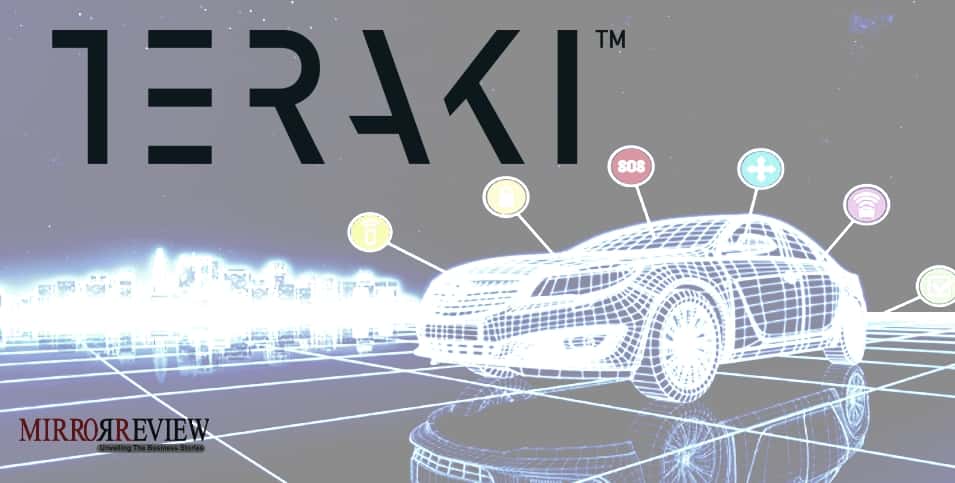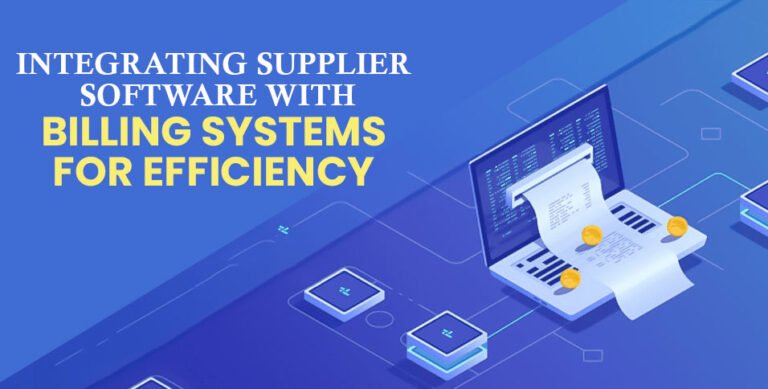Teraki breakthrough AI technology enters the market to meet the exploding data analytics demand of the automotive industry
Teraki, a technology leader in AI and edge processing, today announced the immediate availability of its AI and edge processing technology to meet the exploding data analytics demands of the automotive industry. Teraki’s Intelligent Signal Processing software delivers a more than 10X increase in an automotive chip, communications and learning performance, making highly accurate AI applications possible in embedded environments.
Teraki provides breakthrough edge data processing software to meet the exploding data demands of the $395 billion automotive electronics industry. The company’s AI-based Intelligent Signal Processing software delivers a more than 10X increase in an automotive chip, communications, and learning performance. This makes highly accurate AI applications possible at scale in embedded environments.
Improve vehicle safety
The automotive industry and its OEMs and insurance providers face an incredible opportunity to deliver innovative, cost-effective ways to use the vast amount of data generated by in-vehicle sensors, electronic control units (ECUs) and AI to improve vehicle safety and lower operational costs.
The company also announced that Infineon’s AURIX™ microcontrollers would be the first to market with an integration of Teraki’s breakthrough AI technology.
Teraki is taking technology honed at the highest end of data analytics accuracy requirements and scaling it efficiently for the highly constrained automotive infrastructure and, over time, other data-intensive IoT markets.
“The performance leaps our technology provides using Infineon’s AURIX™ microcontrollers usher in a new era of innovation possibilities for the automotive industry,” said Daniel Richart, co-founder and CEO of Teraki. “Our Intelligent Signal Processing software allows conventional sensors and ECUs to do far more, makes AI more practical, affordable and scalable, and significantly reduces CAN Bus and car-to-cloud bandwidth constraints.”















